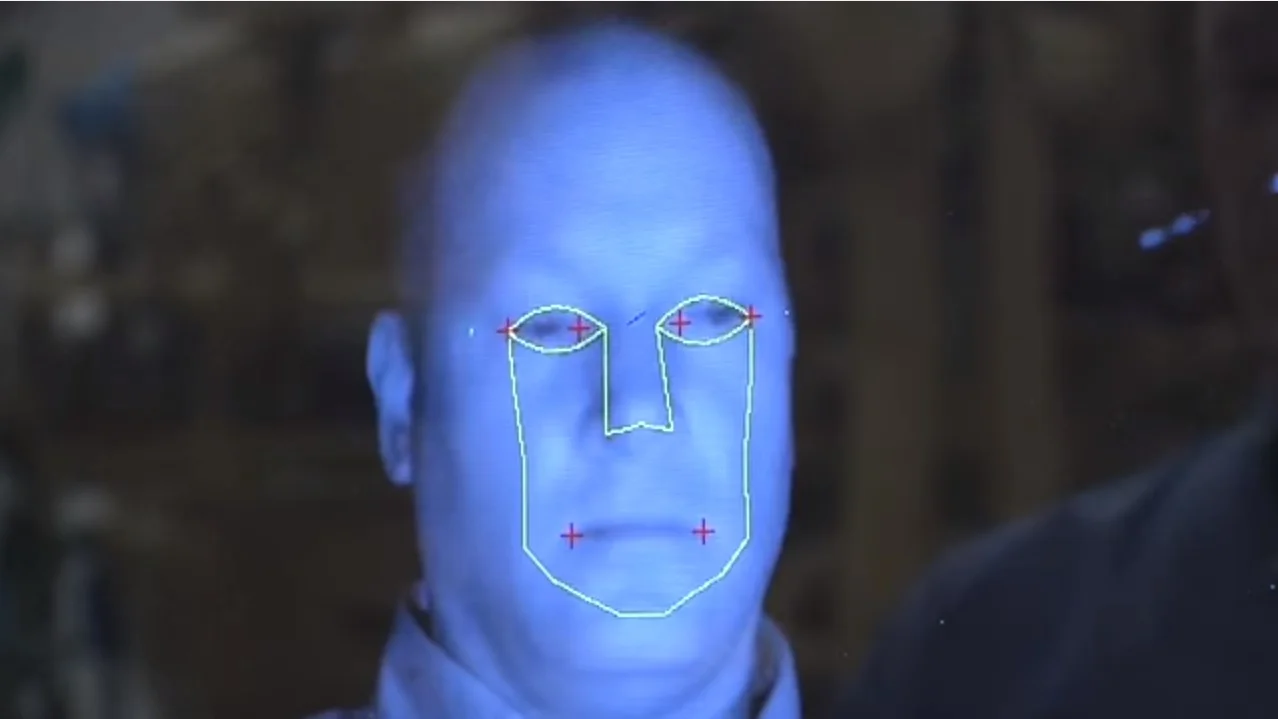Fatigue and the construction site do not mix, but unfortunately it happens more than we’d all like. Construction work long and odd hours, with many jobs beginning extremely early in the morning or late at night. Fatigue not only reduces productivity, but it’s a major safety concern, especially with regards to operating heavy machinery. According to the National Sleep Foundation (sounds like a fantastic place to work, I bet they have an amazing worktime nap schedule), yearly estimates for fatigue caused auto accidents average around 100,000, resulting in approximately 1,550 deaths, 71,000 injuries, and $12.5 billion in monetary losses.
To help reduce the risk of fatigue related incidents in the construction industry, Caterpillar has designed a safety system that monitors the facial movements of heavy equipment operators and will alert them if the system determines they are drowsy or distracted.
“Customers have talked to us for many years about what they called ‘unexplained incidents,’ where they try to understand where the safety risks were coming from or what were the root causing of several of these accidents on job sites,” said Dave Edwards, of Caterpillar Safety Services, “they got a hunch that it might have something to do with the operator's ability to drive a machine 24 hours a day and 7 days a week.”
A smart camera mounted in the dashboard of Caterpillar vehicles can watch the facial behaviors and determine if their eyes are open or not. While the system will try to wake the operator up before an accident occurs by using alarms, the program will also alert a safety operator from Caterpillar and they can review video from the smart camera to determine what happened. CAT says this operator is provided to help react to situations much faster, because workers on the job site are typically very busy.
[guest post] It’s a morbid statistic, but the construction industry experiences more workplace deaths than any other. With so many potential hazards, heavy-duty machinery, and power tools, it’s perhaps not surprising that serious accidents are relatively commonplace.
Even though we’re over a year into the COVID-19 pandemic, the virus is still threatening the health of construction’s workers and taking a toll on project timelines. It’s likely that your company has already determined the best course of action to help mitigate the risk of spreading the virus on your jobsites, but it’s never too late to learn from another contractor.
It’s been a little over a year since the coronavirus pandemic sent the entire world into a period of uncertainty, heartache, and panic. The construction industry itself has undertaken many different challenges, above and beyond keeping their people safe on the jobsite, many of which no one could have expected.
“You make a better door than a window!” is what I imagine loader operators constantly yell at the bucket in front of them (or maybe I’m just projecting based on my experience of having the habit of sitting right in front of the TV as a kid). Either way, operators may not be yelling that in the future, as equipment manufacturer, Doosan, has introduced what they claim is an industry first “transparent” bucket.
Reducing dust when cutting tile is important for many reasons (including safety and cleanliness), but wet tile saws can be a pain to use, with the slurry created spraying all around the work station and cold weather making the saw much more difficult to use outside. iQ Power Tools has a solution for that: the world’s first 7” portable dry table saw with integrated dust control.
In the construction industry, falls from height are continuously the leading cause of jobsite injuries, fatalities, and, as a result, OSHA citations. From May 3-May 7, OSHA invites construction employers and stakeholders to take part in their 8th annual National Safety Stand Down to Prevent Falls in Construction.
On Tuesday morning, February 23, the Syracuse Fire Department responded to a call about a collapsed crane on a construction site near the university. Thankfully, no injuries were reported.
It seems a little odd to be talking about air-conditioning when much of the United States hit some incredibly low temperatures in recent days, but a product that I learned about recently is just too exciting to ignore. Announced at CES 2021, a research company has unveiled an air-conditioned hard hat (ACHH) that can reduce the ambient temperature up to 22 degrees Fahrenheit!
2020 was a challenging year in many respects, but none greater than from a safety standpoint. The coronavirus pandemic placed the notion of “people over profits” under the microscope, while also balancing the needs of their employees to continue to make an income under difficult circumstances. While the pandemic was a large part of the construction safety conversation last year, there were several other developments to take note of for your projects in the future.











Last summer, Hilti announced that they had developed their first exoskeleton designed for construction tradespeople in a partnership with Ottobuck, a prosthetics, orthotics, and exoskeleton provider. Earlier this month, Hilti officially released the exoskeleton, announced more details, and published its retail price on their website.